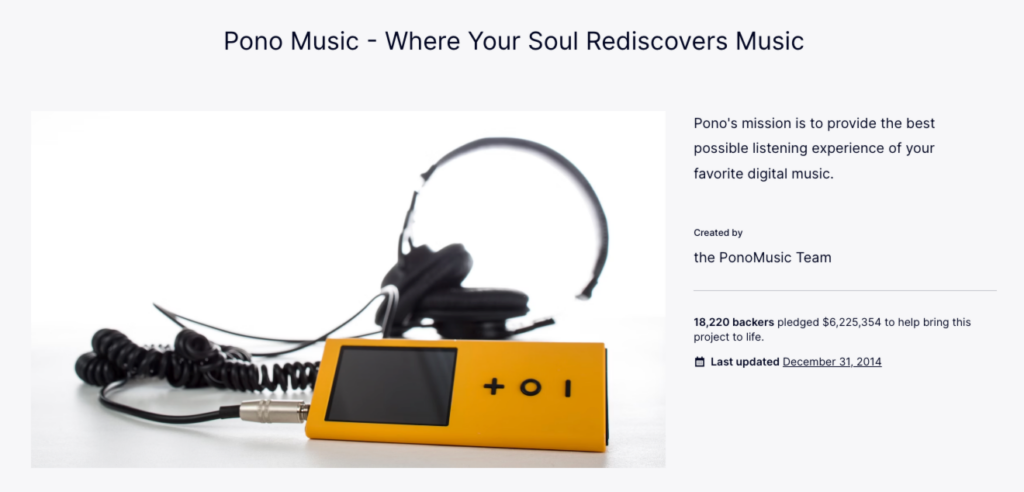
The innocuous looking “thumbs up” Facebook Like button—now celebrating its first birthday—has morphed into a ubiquitous status symbol on millions of web pages. According to comScore Media, many of the world’s top sites have added it, including the top …
Other statistics on the amazing growth of Like button include:
- 10,000 websites integrate with Facebook each day
- There are more than 382,000 “Likes” every 60 seconds
- Over 2.5 million websites have integrated with Facebook
- Media sites that adopt the Like button average a greater than 300% increase in referral traffic from Facebook
The Like button has become a key indicator of the popularity of a page, product or idea. It’s also out-dug Digg and proven to be a tastier way than Delicio.us (and other top bookmarking services) for people to share information they find interesting.
For awhile now, the Like and the Twitter Retweet button have became the web’s power couple for enabling content sharing. There are others competing for attention, most notably Google’s emerging +1. But Like is the king at the moment and shows no signs of slowing down. However, some have been critical of the effectiveness of the Like button recently. Forrester Research reported that having Facebook users “like” a product or brand page does little to boost actual sales.
Where is the Like button heading? Facebook continues to experiment, especially phasing out the Share functionality recently in favor of Like.
According to Inside Facebook, there is speculation that the Like button is “a beachhead that lays the groundwork for Facebook to one day launch an as-yet-unconfirmed Open Graph ad unit—one that would allow sites to target ads at their visitors the same way they can target users on Facebook.com. By priming sites for this Facebook ad network-style integration, it could ensure an explosive launch that could steal attention and business from Google’s AdSense. By indexing user preferences across the web, Facebook could also potentially use the button to power an expansion of its search capabilities.”
What has been your experience with the Like button? Do you use it regularly to share pages, products, services and causes of interest? Has your company benefited from embedding the Like button on your website? Do others’ “Likes” influence your web surfing or buying behaviors? Please let us know in the comments.
Work With Us
Want to learn more about how we’d prepare your product for launch? Request a quote today.
Want To See This Advice In Action?
Check out our case studies and learn more about how we’ve achieved stellar results for our clients.



